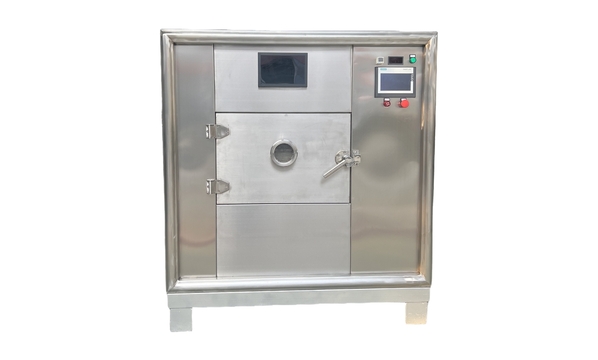
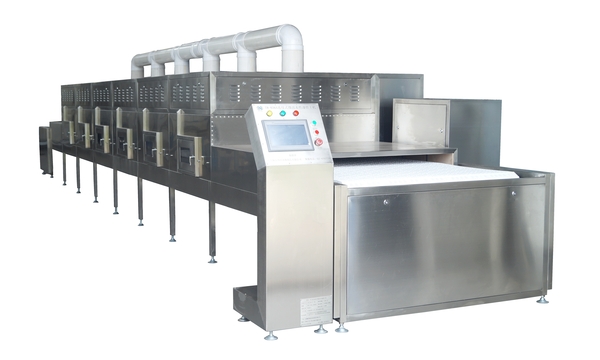
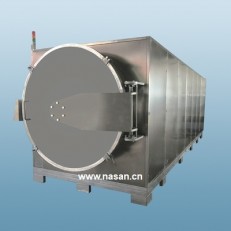
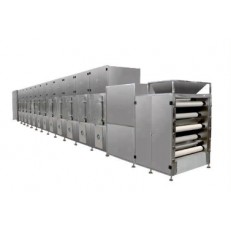
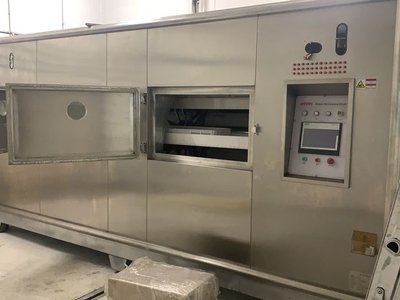
When it comes to preserving the bounty of your garden or simply making healthy snacks, a vegetable dehydrator is an indispensable kitchen appliance. Whether you're a home cook looking to make kale chips or a small business owner aiming to produce dried vegetables at scale, understanding the ins and outs of these devices is crucial. This comprehensive article will delve into key aspects such as vegetable dehydrator price, optimal vegetable dehydrator temperature, and the world of industrial dehydrator systems. We'll also address common questions and pitfalls to help you make an informed decision.
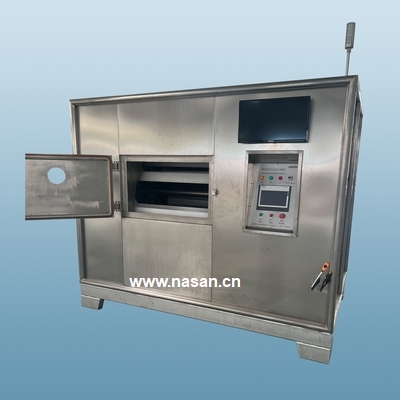
A vegetable dehydrator is a device designed to remove moisture from vegetables by circulating warm air around them. This process inhibits the growth of bacteria, yeast, and mold, thereby preserving the food for extended periods. Dehydrators come in various sizes, from compact countertop models to large-scale industrial dehydrator units used in commercial settings.
The basic principle involves a heating element, a fan, and air vents. The heating element raises the vegetable dehydrator temperature to a specific range, typically between 95°F and 160°F (35°C to 71°C). The fan then circulates this warm air evenly across trays loaded with sliced vegetables, ensuring consistent drying. Proper air circulation is critical to prevent uneven drying or spoilage.
The vegetable dehydrator price can vary significantly based on several factors. Understanding these will help you choose a model that fits your needs and budget.
1. Size and Capacity
The number of trays and the overall footprint of the dehydrator directly impact the cost. Smaller units with 4-5 trays may cost between $50 and $150, while larger models with 10+ trays can range from $150 to $400. Industrial dehydrator systems, designed for high-volume production, can cost thousands of dollars.
2. Heating and Airflow Design
Dehydrators come with two main airflow designs: horizontal and vertical. Horizontal airflow models, often more expensive, provide more consistent drying as the air flows across each tray evenly. Vertical airflow models are generally cheaper but may require rotating trays for uniform results.
3. Temperature Control
Precise temperature control is essential for dehydrating different types of vegetables. Basic models may have a fixed temperature setting, while advanced units offer adjustable thermostats. The ability to set and maintain the ideal vegetable dehydrator temperature can add to the cost but is worth the investment for serious users.
4. Build Quality and Materials
Dehydrators made with durable plastics or stainless steel tend to be more expensive. Stainless steel models are easier to clean and more resistant to stains and odors, making them a popular choice for heavy use.
5. Brand and Additional Features
Well-known brands often come with a higher price tag but offer better warranties and customer support. Features like digital timers, automatic shut-off, and transparent doors can also influence the vegetable dehydrator price.
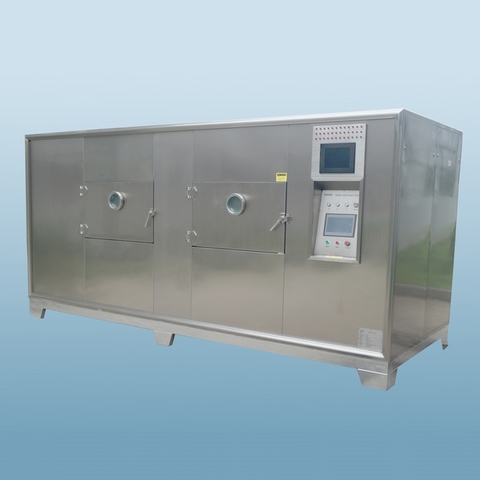
Setting the correct vegetable dehydrator temperature is critical for achieving the best texture, flavor, and nutritional retention. Different vegetables require different temperatures due to their moisture content and density.
Low-Temperature Drying (95°F to 125°F / 35°C to 52°C)
This range is ideal for leafy greens like kale and herbs such as basil and parsley. Low temperatures help preserve enzymes and nutrients, resulting in a higher-quality product.
Medium-Temperature Drying (125°F to 140°F / 52°C to 60°C)
Most vegetables, including carrots, zucchini, and bell peppers, dry well in this range. It balances efficiency with quality, preventing case hardening (where the outside dries too quickly, trapping moisture inside).
High-Temperature Drying (140°F to 160°F / 60°C to 71°C)
Dense vegetables like potatoes and beets benefit from higher temperatures. However, exceeding 160°F (71°C) can cook the food rather than dry it, leading to loss of nutrients and flavor.
General Tips:
Always preheat the dehydrator before adding vegetables.
Slice vegetables uniformly to ensure even drying.
Refer to the manual for specific temperature recommendations.
For businesses involved in food production, an industrial dehydrator is a game-changer. These systems are designed to handle large volumes of vegetables efficiently and consistently.
Key Features of Industrial Dehydrators:
High Capacity: Unlike home units, industrial dehydrators can process hundreds of pounds of vegetables per day. They often feature multiple large trays or conveyor belts for continuous operation.
Precision Control: Commercial units offer precise control over temperature, humidity, and airflow, ensuring reproducible results batch after batch.
Durability: Built with food-grade stainless steel and commercial-grade components, these dehydrators are designed for long-term use in demanding environments.
Compliance: Industrial dehydrators often meet stringent food safety standards, making them suitable for use in certified kitchens.
Applications:
Production of dried vegetables for soups, snacks, and ingredients.
Creating value-added products like vegetable powders.
Preserving seasonal produce for year-round use.
The vegetable dehydrator price for industrial units starts at around $2,000 and can go up to $20,000 or more, depending on capacity and features.
Even with the best equipment, users may encounter issues. Here are some common problems and how to solve them.
1. Uneven Drying
Problem: Some trays dry faster than others.
Solution: Rotate the trays periodically during the drying process. For vertical airflow models, place thicker slices on the bottom trays.
2. Over-Drying or Under-Drying
Problem: Vegetables become too brittle or remain too moist.
Solution: Adjust the vegetable dehydrator temperature and drying time. Use a guide for specific vegetables and check for doneness periodically.
3. Long Drying Times
Problem: The process takes longer than expected.
Solution: Ensure the dehydrator is not overloaded. Slice vegetables thinner and maintain consistent temperature settings.
4. Loss of Flavor or Color
Problem: Dried vegetables lack vibrancy or taste bland.
Solution: Blanch vegetables like carrots and broccoli before dehydrating to preserve color and flavor.
5. Noise and Energy Consumption
Problem: The dehydrator is noisy or uses too much electricity.
Solution: Choose models with energy-efficient designs and quiet fans. Industrial dehydrator units often prioritize energy efficiency.
6. Cleaning Difficulties
Problem: Trays and components are hard to clean.
Solution: Soak trays in warm soapy water before scrubbing. Consider models with dishwasher-safe parts.
What is the average lifespan of a vegetable dehydrator?
With proper care, a home dehydrator can last 5-10 years. Industrial dehydrator systems, built for heavy use, can last decades with regular maintenance.
Can I dehydrate fruits and meats in the same dehydrator as vegetables?
Yes, but it's recommended to dehydrate similar items together to avoid flavor transfer. Always clean the dehydrator thoroughly between uses.
Is pre-treatment necessary for all vegetables?
Not all vegetables require pre-treatment, but blanching can improve color and texture for many types. Research specific requirements for each vegetable.
How do I store dehydrated vegetables?
Store in airtight containers in a cool, dark place. Using oxygen absorbers or vacuum sealing can extend shelf life.
What is the ROI for investing in an industrial dehydrator?
For businesses, the return on investment can be rapid due to reduced waste, extended shelf life, and the ability to create value-added products.
Investing in a vegetable dehydrator can revolutionize your food preservation practices, whether you're a home enthusiast or a commercial producer. By understanding the factors that affect vegetable dehydrator price, mastering the optimal vegetable dehydrator temperature, and recognizing the capabilities of an industrial dehydrator, you can make choices that enhance your culinary and business endeavors. Avoid common pitfalls by following best practices, and enjoy the benefits of delicious, nutritious dried vegetables year-round.
Remember, the right dehydrator is not just about cost—it's about finding a balance between capacity, control, and durability. Happy dehydrating!